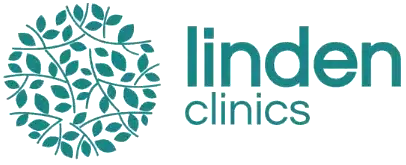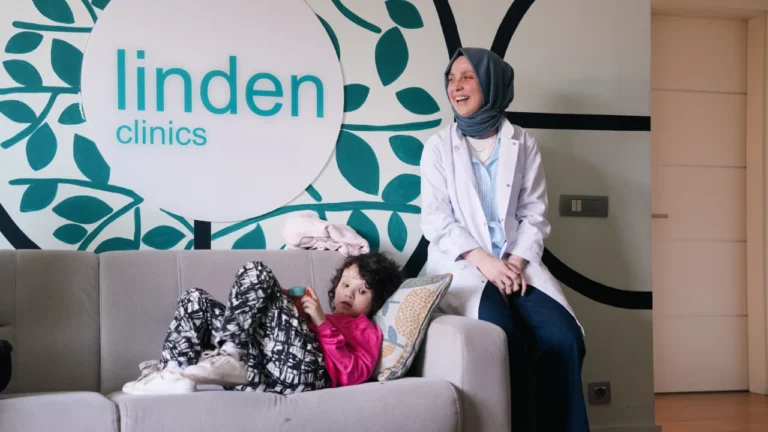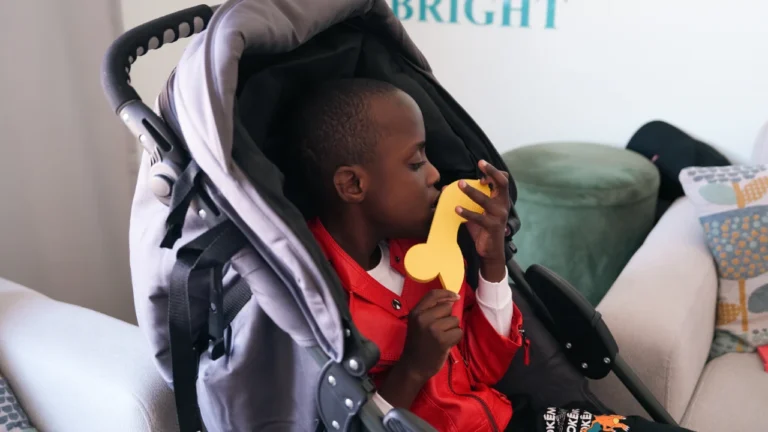The Best Fluffy Pancakes recipe you will fall in love with. Full of tips and tricks to help you make the best pancakes.
Why Early Detection of Autism Matters
Autism Spectrum Disorder (ASD) is a neurodevelopmental condition that affects communication, behavior, and social skills. While each child’s experience with autism is unique, early recognition of certain signs can dramatically improve access to appropriate therapies—including innovative approaches like Stem Cell Therapy for Autism.
Research suggests that earlier intervention is strongly correlated with more positive long-term outcomes. Families exploring options such as ABA therapy, occupational therapy, or even stem cell therapy autism clinical trials benefit from identifying red flags as early as possible.
Table of Contents
Common Early Signs of Autism by Age Group
1. Infants (0–12 Months)
- Limited eye contact: May avoid looking at faces or following visual cues.
- Lack of response to name: By 6–9 months, most babies turn when called.
- Minimal social smiling: May not smile back or imitate facial expressions.
- Delayed babbling or vocalizations.
🧠 Clinical insight: These signs can indicate atypical neural development and early intervention can significantly enhance communication outcomes.
2. Toddlers (12–24 Months)
- Delayed speech or language milestones.
- Repetitive behaviors: Hand flapping, rocking, or spinning.
- Fixation on objects: Excessive interest in parts of toys (e.g., wheels).
- Limited pretend play: Prefers routines and shows little interest in symbolic games.
- Social withdrawal: Avoids eye contact, doesn’t point, or share interest with others.
Many parents who share their Stem Cell Therapy Success Stories Autism report noticing these behaviors well before age two.
3. Preschool-Age Children (2–4 Years)
- Difficulty with peer interaction: Limited desire to play with others.
- Rigid routines: Upset by minor changes.
- Unusual sensory responses: Overreacting to lights, textures, or sounds.
- Echolalia: Repeating phrases instead of forming original sentences.
- Intense interests: Obsessively focusing on a single topic or activity.
Why Early Identification Helps Guide Treatment
Early diagnosis allows families to begin interventions such as:
- 🎯 Speech and occupational therapy
- 🧠 Behavioral programs like ABA
- 💉 Regenerative options such as stem cell therapy, especially in centers offering personalized protocols
Several Best Stem Cell Clinics for Autism emphasize the importance of early neurological assessment before therapy to tailor the most effective treatment plan.
How Stem Cell Therapy Aligns with Early Intervention Goals
Stem cell therapy is gaining traction as a complementary therapy for autism. It may help address:
- Neuroinflammation
- Immune system dysregulation
- Cellular repair and regeneration
Parents often ask: How Effective is Stem Cell Therapy for Autism?
While results vary, clinical trials and real-world cases point to improvements in language, behavior, and social engagement—particularly in children who begin therapy early.

Financial & Logistical Considerations
- 💸 Cost of Stem Cell Therapy for Autism ranges depending on the clinic, protocol, and location.
- 🌍 Searching Stem Cell Therapy Autism Near Me can help you discover international and local options.
- 📄 Stem Cell Therapy Autism Research is expanding, offering hope through more structured clinical pathways.
Conclusion: Know the Signs, Explore the Options
Recognizing early signs of autism is a crucial step toward supporting your child’s development. From behavioral therapies to emerging medical treatments, informed decisions begin with awareness. If you’re considering advanced options like stem cell therapy, early detection enhances both the range and impact of available treatments.
❓ Frequently Asked Questions (FAQ)
At what age can autism be diagnosed?
Signs can appear as early as 12 months, but most formal diagnoses happen between 18–24 months. Some children are diagnosed even later.
Is delayed speech always a sign of autism?
Not necessarily. But when paired with other signs like poor eye contact or repetitive behavior, it warrants professional evaluation.
Can early therapy change the trajectory of autism?
Yes. Early intervention can significantly improve communication, independence, and social skills—especially when personalized therapies like stem cells are integrated.
Are there risks to stem cell therapy?
As with any treatment, there are potential Stem Cell Therapy Autism Side Effects like mild fever or immune reactions. Consulting with licensed professionals is essential.








